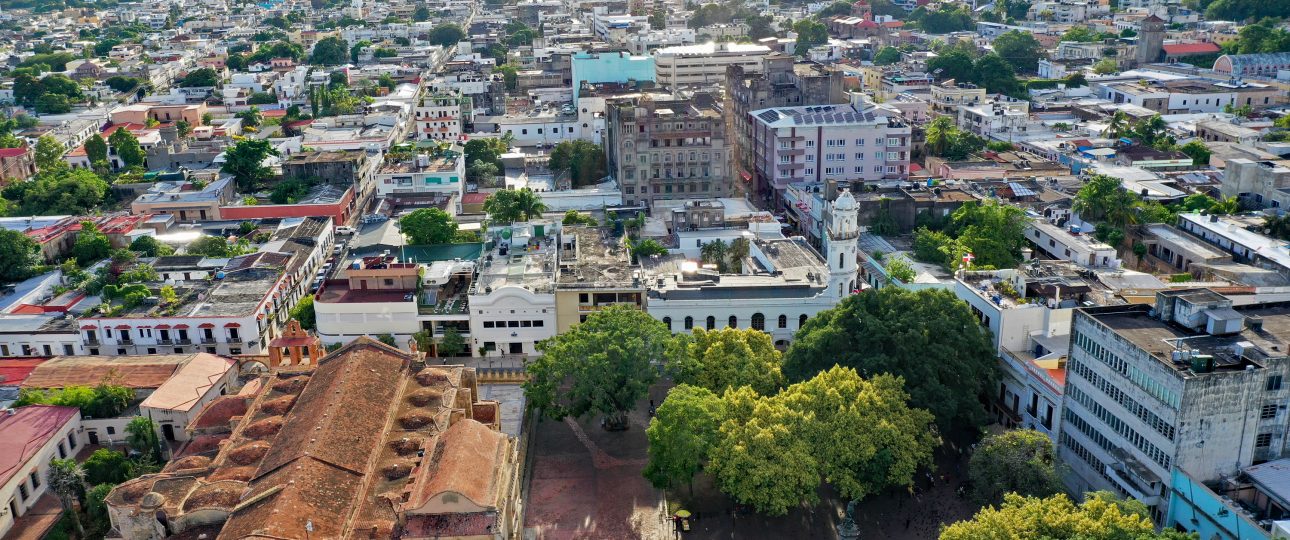Exploring Santo Domingo’s Colonial Zone
Santo Domingo, the capital of the Dominican Republic, is a city steeped in history. Founded in 1496 by Bartolome Columbus, it holds the title of the oldest continuously inhabited European settlement in the Americas. The Colonial Zone, or Zona Colonial, is the heart of this historic city, offering a rich tapestry of cultural and architectural heritage.
Historical Significance
The Colonial Zone is not just a neighborhood; it’s a living museum. As the first seat of the Spanish colonial empire in the New World, its streets echo the footsteps of explorers and conquistadors. Walking here is like traversing through pages of history, with landmarks like the Catedral Primada de América, the oldest cathedral in the Americas, and the Alcázar de Colón, the former residence of Diego Columbus, son of Christopher Columbus.
Architectural Marvels
The architecture in the Colonial Zone is a captivating blend of Spanish, French, and Italian influences. This mix is evident in the intricate facades and grand structures that line its cobblestone streets. Notable sites include the Museo de las Casas Reales, which offers insights into the Spanish colonial administration, and the Museo del Ambar, showcasing the beauty of Dominican amber.
Cultural and Vibrant Atmosphere
The Colonial Zone is alive with culture and energy. By day, explore its museums and historical sites. By night, the area transforms with live music spilling from bars and clubs. The streets are dotted with cafes and restaurants where you can savor local cuisine. While the area is vibrant, it’s also important to be aware of your surroundings, especially at night, as with any urban setting.
When to Visit
The best time to explore the Colonial Zone is during the dry season, from December to April. During these months, the weather is warm and skies are clear, ideal for outdoor activities. Be mindful of the hurricane season from June to November, which can bring unpredictable weather.
Getting There
Santo Domingo is accessible via Las Américas International Airport, which connects to major cities worldwide. From the airport, taxis and private transfers are available to take you to the Colonial Zone. If you’re traveling from within the Dominican Republic, buses and cars provide convenient access to the city.
Getting Around
Once in the Colonial Zone, you’ll find it easy to navigate on foot. The area is compact and pedestrian-friendly, allowing you to soak in the sights at your own pace. For longer distances, taxis are affordable and readily available. Public buses and tourist buses also offer transportation to various attractions in and around Santo Domingo.
Santo Domingo’s Colonial Zone offers a unique blend of history, culture, and vibrant city life. It’s a destination that invites you to explore its past while enjoying the present, providing an authentic Dominican experience away from the more tourist-heavy areas of the country.




